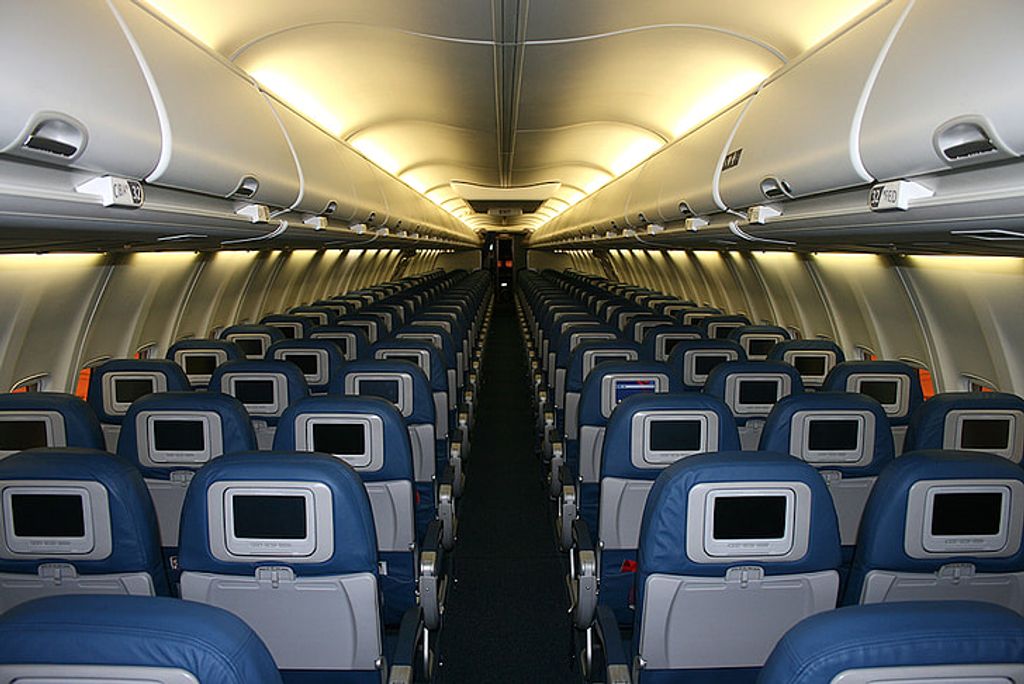Private jets offer a luxurious and convenient way to travel, but passengers often wonder about baggage restrictions and luggage allowance. In this article, we’ll explore the different types of baggage restrictions, the luggage allowance for various private jet classes, and provide tips for managing baggage on private jets.
Key Takeaways
- Different private jet classes have varying luggage allowances, so it’s important to check with the charter company before your flight.
- Some private jets have restrictions on the type of baggage that can be carried, such as sports equipment or oversized items.
- Managing baggage on private jets requires careful planning and organization to ensure a smooth and stress-free travel experience.
- Passengers should be aware of weight restrictions for both checked and carry-on luggage when flying on a private jet.
- Understanding the baggage restrictions and luggage allowance for private jets can help passengers pack efficiently and avoid any last-minute surprises.
Understanding Private Jet Baggage Restrictions
Types of Baggage Restrictions
When flying on a private jet, the freedom and flexibility extend to your luggage as well. However, it’s not without its limits. Baggage restrictions on private jets are primarily determined by the aircraft’s size and weight capacity. Unlike commercial flights, where baggage allowances are standardized, private jets offer a more personalized approach.
Weight and volume are the two main factors that influence baggage restrictions. For instance, a heavy set of golf clubs may be less of an issue on a larger jet, but could pose a problem on a smaller aircraft. It’s also important to consider the shape of your luggage; bulky or irregularly shaped items may require special arrangements.
Here’s a quick rundown of what you might expect in terms of baggage space on different jet sizes:
- Small Jets: Typically accommodate 1-2 suitcases plus a few personal items.
- Midsize Jets: Offer more leeway with space for several suitcases and personal items.
- Large Jets: Can handle multiple suitcases, golf bags, skis, and more, without much hassle.
Remember, the key to a smooth travel experience is communication with your charter company. They can provide specific details on baggage allowances and help ensure your luggage fits within the aircraft’s limitations.
Luggage Allowance for Different Private Jet Classes
When chartering a private jet, the luxury of space extends to your luggage as well. The allowance can vary significantly depending on the class of jet you choose. For instance, light jets are perfect for quick getaways with less luggage, while heavy jets can accommodate the extensive wardrobe of a fashion enthusiast heading to Paris.
Light Jets, typically used for shorter trips, may offer around 40-50 cubic feet of space. Midsize jets increase this capacity to about 60-80 cubic feet, ideal for longer vacations or business trips with more baggage. For those who require the utmost in space and comfort, Heavy Jets boast upwards of 100 cubic feet, ensuring that every piece of your luggage travels with you in style.
Here’s a quick reference guide to help you pack accordingly:
| Jet Class | Baggage Space (approx.) |
|---|---|
| Light Jet | 40-50 cubic feet |
| Midsize Jet | 60-80 cubic feet |
| Heavy Jet | 100+ cubic feet |
Remember, while private jets offer more freedom in terms of luggage, it’s always best to confirm specific allowances with your operator to avoid any surprises on the day of your flight.
Tips for Managing Baggage on Private Jets
Flying on a private jet offers a level of comfort and convenience that commercial flights can’t match. However, even in the lap of luxury, baggage management is key to a seamless travel experience. Pack smart and prioritize essentials to ensure that your belongings fit comfortably within the private jet’s luggage capacity.
Organization is paramount when it comes to private jet travel. Consider these tips to optimize your packing strategy:
- Use soft-sided luggage for easier storage in the aircraft’s baggage compartments.
- Label all your bags clearly to avoid any confusion during loading and unloading.
- Be mindful of weight restrictions and check with the operator for specific limits.
Remember, the flexibility of private jet travel also extends to baggage handling. Communicate any special luggage needs in advance to accommodate items like sports equipment or musical instruments.
By following these simple guidelines, you can ensure that your journey is as smooth and enjoyable as the flight itself.
Frequently Asked Questions
Are there baggage restrictions on private jets?
Yes, private jets have baggage restrictions that vary based on the type of aircraft and the operator. It’s important to check with the specific private jet operator for their baggage policies.
What is the luggage allowance on private jets?
The luggage allowance on private jets varies depending on the size and class of the aircraft. Generally, passengers can expect a generous luggage allowance, but it’s important to confirm with the private jet operator.
Can I bring oversized luggage on a private jet?
Private jets often have the flexibility to accommodate oversized luggage, but it’s recommended to check with the operator in advance to ensure that the aircraft can accommodate the specific items.
Are there weight restrictions for luggage on private jets?
Yes, there are weight restrictions for luggage on private jets. The weight limits may vary depending on the aircraft and operator, so it’s advisable to inquire about the specific weight restrictions when booking a private jet.
Do private jets have restrictions on carrying valuable items?
Private jets may have specific guidelines for carrying valuable items such as jewelry, artwork, or other high-value possessions. It’s recommended to discuss any valuable items with the private jet operator to ensure compliance with their policies.
What are the general tips for managing baggage on private jets?
Some general tips for managing baggage on private jets include packing efficiently, communicating with the private jet operator about specific luggage needs, and being aware of any restrictions or guidelines related to baggage. It’s also important to consider the storage space available on the chosen aircraft.

